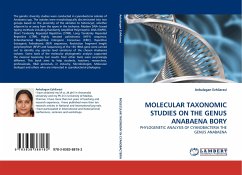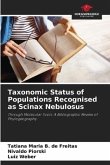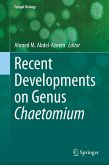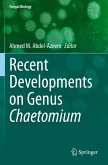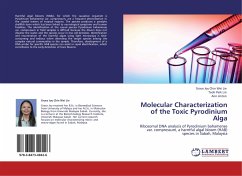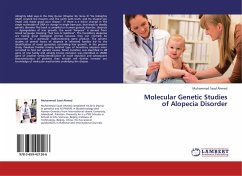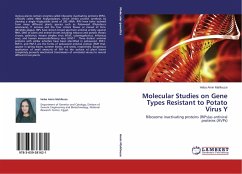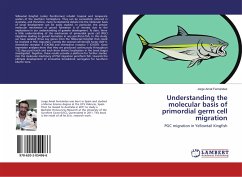The genetic diversity studies were conducted in cyanobacteria isolates of Anabaena spp. The isolates were morphologically discriminated into two groups based on the proximity of the akinetes to heterocyst, whether adjacent to or away from the spore in the trichome. Modern DNA- based typing methods including Randomly Amplified Polymorphic DNA (RAPD), Short Tandemly Repeated Repetitive (STRR), Long Tandemly Repeated Repetitive (LTRR), Highly iterated palindromic (HIP1) sequence, Enterobacterial Repetitive Intergenic Consensus (ERIC), Repetitive Extragenic Palindromic (REP) sequences, Restriction fragment length polymorphism (RFLP) and Sequencing of the 16S rRNA gene were carried out to identify any species level variations of the chosen Anabaena isolates. Some tools of the molecular phylogenetic analysis supported the classical taxonomy but results from other tools were surprisingly different. This book aims to help students, teachers, researchers, professionals, R&D personals, in industry, Microbiologist, Molecular biologist and others who are interested in cyanobacterial phylogeny.
